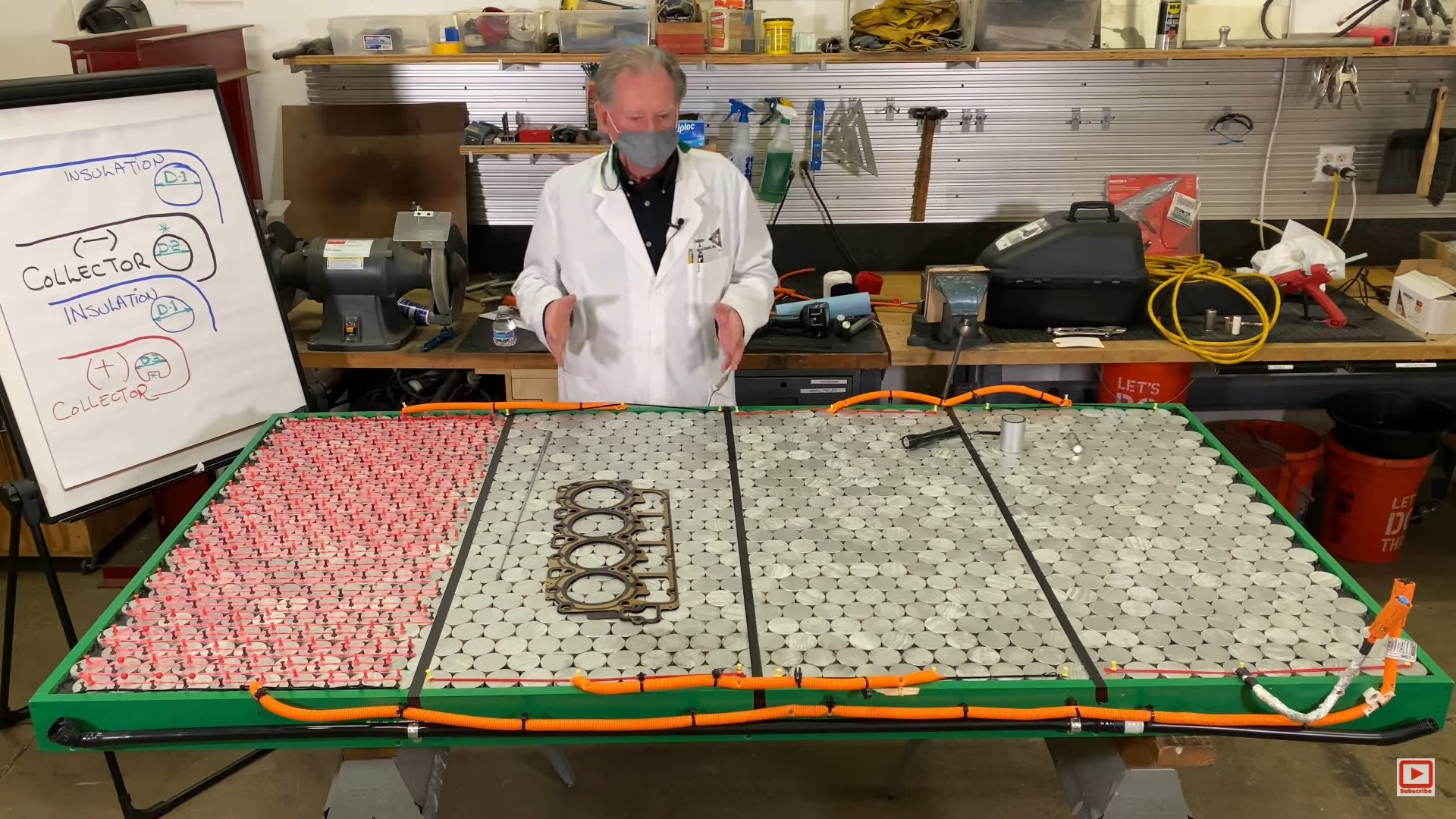SpaceX’s Crew-1 mission launched a crew of four astronauts to the International Space Station (ISS) aboard the Crew Dragon Resilience spacecraft. Crew-1 lifted off atop from Launch Pad 39A at the Kennedy Space Center in Cape Canaveral, Florida on November 15. It is SpaceX's second crewed mission, as well as the second astronaut flight launched from American soil since 2011. The agency had not launched astronauts ever since the Space Shuttle was grounded roughly a decade ago. SpaceX officially returned human spaceflight capabilities to the United States. "The mission is the first of six certified, crew missions NASA and SpaceX will fly as a part of the agency’s Commercial Crew Program," the agency states.
After a historic ~27 hour voyage, Crew-1 arrived to the orbiting laboratory on November 16. Dragon Resilience docked to the space station carrying NASA astronauts Michael Hopkins, Victor Glover, Shannon Walker, and Japan Aerospace Exploration Agency (JAXA) astronaut Soichi Noguchi. Upon arrival Crew-1 astronauts were welcomed by ISS Expedition 64 crew members, NASA Astronaut Kate Rubins and Russian cosmonauts Sergey Kud-Sverchkov and Sergey Ryzhikov. Crew-1 will stay at the space station for six months to conduct science research. This is the first long-duration ISS crew in history that features seven members. The space station does not have enough sleeping quarters for all members, only for six. So, one of the Crew-1 astronauts will sleep aboard the Crew Dragon spacecraft.
My first video from space! Looking at the Earth through the window of Dragon Resilience. The scale of detail and sensory inputs made this a breathtaking perspective! pic.twitter.com/n7b5x0XLIp
— Victor Glover (@AstroVicGlover) November 24, 2020
NASA Astronaut Hopkins, Commander of the Crew-1 mission, decided he will be who sleeps inside Crew Dragon while its docked at the space station. Hopkins said he will sleep inside the spacecraft until another sleeping pod is delivered to ISS, which could arrive three months from now or after the Crew-1 is scheduled to return. He shared that he opted to be the one who sleeps inside the spacecraft because it is an old tradition. “I think there’s a tradition that oftentimes in the shuttle days, the commander usually slept in the cockpit,” Hopkins said during a press conference. “So, at least for me, it just felt right that was where I needed to be. If any of us were going to sleep there, I felt like it should have been me.”
Today, November 25, Astronaut Hopkins shared via Twitter a photograph of him sleeping inside Crew Dragon’s cockpit while its docked to the space station’s Harmony module, pictured below. –“Sorry for the gap in tweets! I’ve been getting adjusted to life on Space Station, including setting up my new crew quarters in the cockpit of Dragon Resilience,” he wrote. In the photograph, a green-color plush toy of Baby Yoda (character from Disney’s Star Wars series ‘The Mandalorian’) can be seen in the background. Baby Yoda was selected as SpaceX Crew-1 mission’s zero-gravity indicator; It is a tradition in spaceflight to take a small object that indicates when the astronauts reached space microgravity environment. Now, Baby Yoda accompanies Astronaut Hopkins while he sleeps in the spacecraft.
Sorry for the gap in tweets! I’ve been getting adjusted to life on @Space_Station, including setting up my new crew quarters in the cockpit of Dragon Resilience. pic.twitter.com/0PTkpEyA4e
— Mike Hopkins (@Astro_illini) November 25, 2020
With more astronauts at the orbiting laboratory the agency is now capable of doing more science research. This week Crew-1 has been working on a variety of experiments and tasks, including maintaining a garden at the ISS Lab. On Wednesday, Crew-1 worked on the GRASP human research experiment for the European Space Agency (ESA), “Flight Engineers Michael Hopkins and Victor Glover wore virtual reality goggles and responded to virtual stimuli to help doctors understand how the central nervous system, specifically hand-eye coordination, adapts to weightlessness,” the agency shared in a press release. “JAXA astronaut and Flight Engineer Soichi Noguchi started his day servicing the Kibo laboratory module’s Cell Biology Experiment Facility, a specialized incubator that can generate artificial gravity. Later, he joined Kate Rubins and examined her eyes using optical coherence tomography.”
The @SpaceX #CrewDragon astronauts, @Astro_illini, @AstroVicGlover, @Astro_Soichi and Shannon Walker are hard at work and getting used to life on the station. More... https://t.co/aAp79ML16o pic.twitter.com/dAPTWC2DjA
— Intl. Space Station (@Space_Station) November 24, 2020
“NASA Flight Engineers Kate Rubins and Shannon Walker worked throughout Wednesday readying the station’s Tranquility module for a new commercial airlock from NanoRacks. Dubbed Bishop, the airlock will be delivered on the next SpaceX Dragon cargo mission targeted to launch on December 5. The Bishop airlock will enable private industries to increase research opportunities in the vacuum of space,” the agency said.







